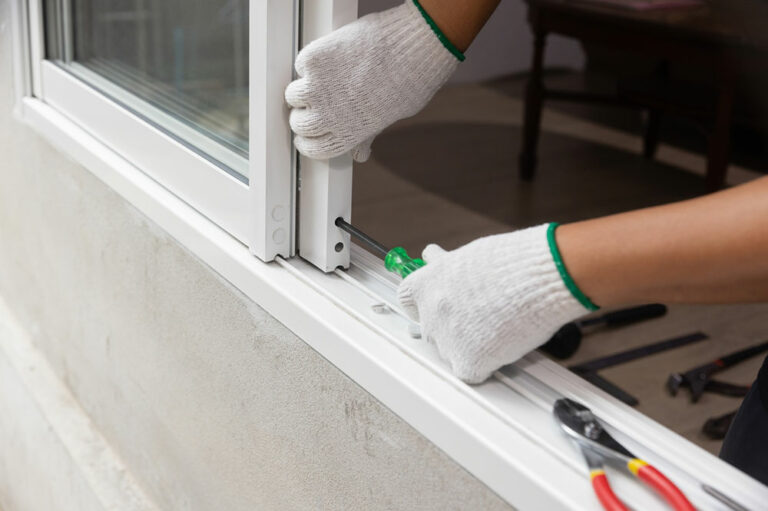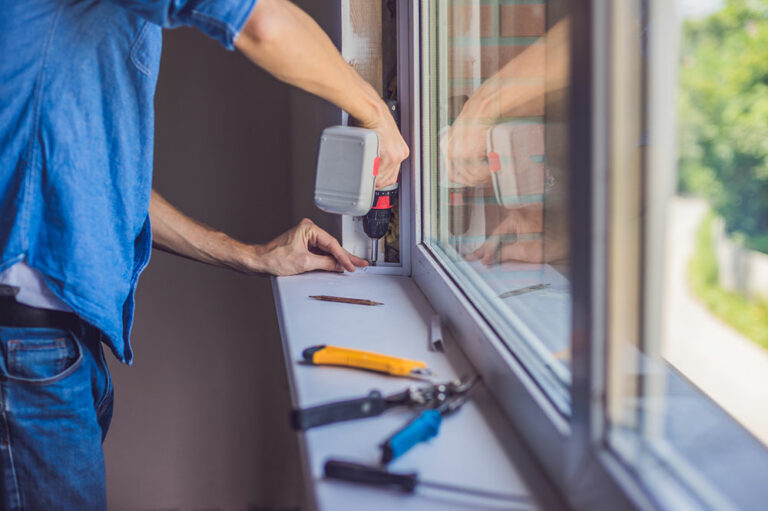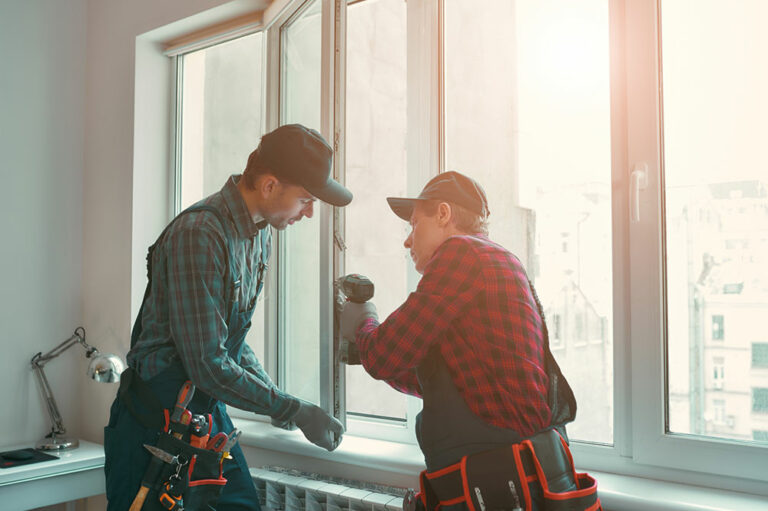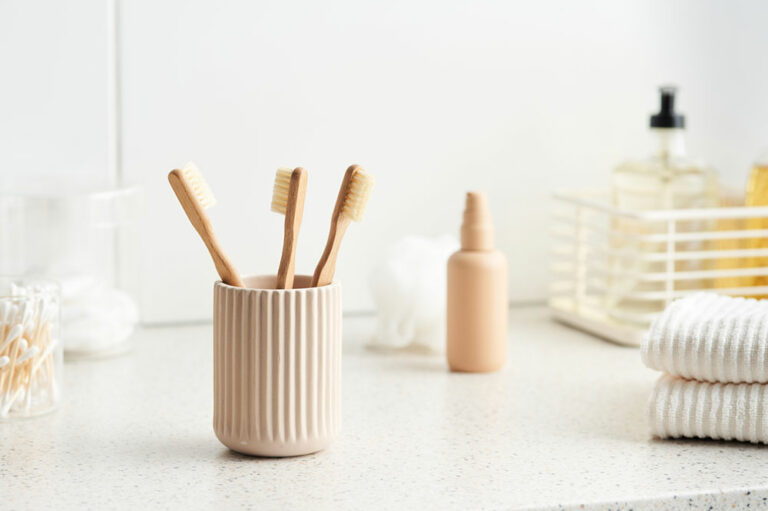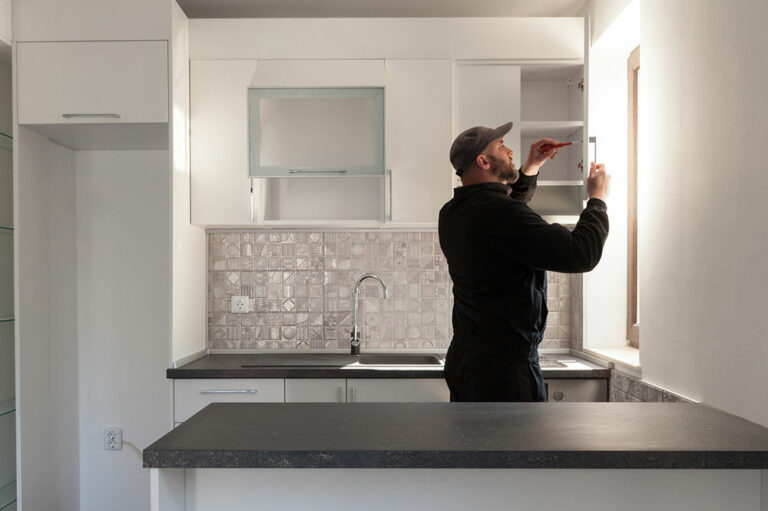
Home
7 kitchen remodeling mistakes to avoid
Renovating kitchens every now and then keeps their look fresh and attractive for longer periods. It is often believed that newly renovated kitchens can also inspire chefs to come up with incredible culinary ideas. However, kitchen renovations can be typically expensive, which is why one must get them right in the first attempt. Certain remodeling mistakes can debilitate the look of a kitchen. Here are some of the most common kitchen remodeling mistakes to avoid: Not setting a budget Before undertaking any renovation project, the first critical step is to make a budget. One needs to decide what features of their kitchen are most important and worth upgrading. Some people may want more cabinet and drawer space to store their cutlery, while others may want a designated pantry to store more food than the refrigerator can handle. Some individuals may simply want to have additional lighting in their kitchen. Whatever the requirement, one needs to create and stick to a budget so they do not waste a lot of money on the remodeling. Choosing kitchen appliances after installing the cabinetry Choosing the appliances after installing the cabinetry is a massive remodeling mistake. Usually, kitchen remodeling involves a lot of measurements and precision tools.
Read More 

